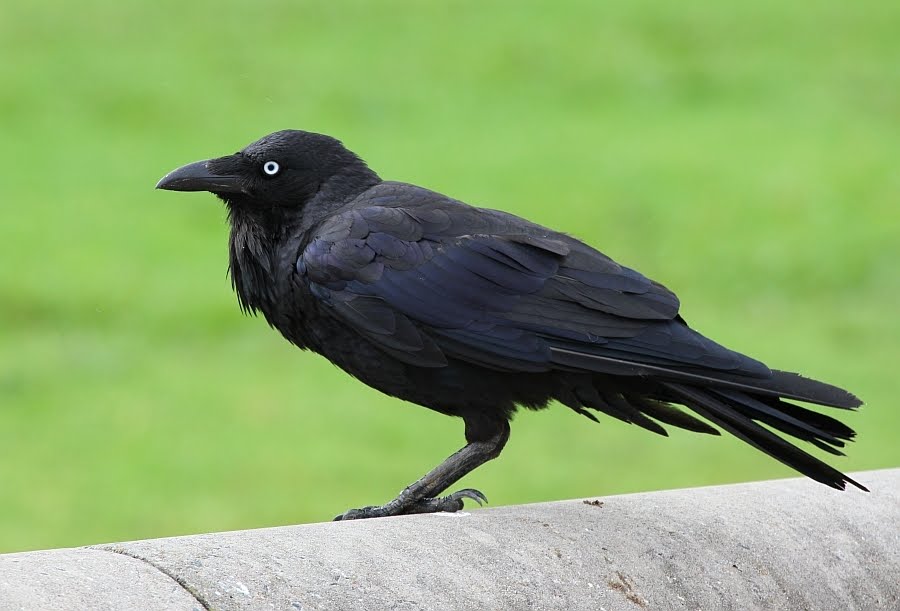

The presence of black cockatoo in a reading can indicate short-distance and long-distance travel.īlack cockatoo is a liberating energy, suggesting a time of emotional and spiritual freedom. When was the last time you stood in the rain, or walked through it, taking the time to enjoy its enriching presence in your life? If you feel you are experiencing a spiritual drought right now, consider using the imagery of rain nourishing your body and soul to help revive and recharge yourself. Black cockatoo could indicate that there may be literal rains occurring in your life, or that it may be time to get in touch with water gods, spirits and entities through rain magic and ritual. It would be remiss of me not to look at black cockatoo's significance when it comes to rain magic. You may experience peaks in your emotions, and black cockatoo can even indicate crying with joy, or experiencing transformative happiness and contentment. Black cockatoo flies into your life to suggest that right now there is a potential for great joy and change. Black cockatoo energy tends to be celebratory and can bring about empowerment, happiness and contentment.īlack cockatoos are large, heavy birds (the largest black birds in Australia) that cast larger shadows, their cries tend to herald significant changes in Indigenous mythologies, including the bringing or coming of necessary rain. It could be a strengthening of your own spirit and soul, or a celebration of any spirits or gods that you happen to believe in. The black cockatoo represents the power of spirit come into your life. Local Indigenous lore suggests that the beautiful calls of some of these cockatoos indicates rain. The decline of nest hollows due to habitat destruction (particularly of old-growth forests) has meant that black cockatoos are already finding it difficult to recover old population sizes. Some are endangered or threatened, and their futures hang in the balance.īlack cockatoos nest in tree hollows, and line their nests with eucalyptus leaves. They are large parrots, with strong beaks. They often have very vivid white, red and yellow patches on their body. The black cockatoos are immediately distinguishable by their characteristic black plumage. These cockatoos love the casuarina woodlands, hanging in the trees and feasting on cone-shaped seeds, for which they have the perfect broad bill.Spirit. The Kangaroo Island population are preyed upon by possums, but breeding programs are having some success in increasing numbers. Several populations of glossy black cockatoo are under a lot of pressure from developmental land clearing, particularly in parts of Queensland and New South Wales. halmaturinus, which only exist on Kangaroo Island, just off South Australia. Male adults often have brown-coloured heads while females sport blotches of yellow. Glossy black cockatooĬompared to the red-tailed black cockatoo, the glossy black cockatoo has a short, mohawk-like crest. Despite recent adaptations to urban life, their numbers are still falling due to land clearing for development.

Watching these cockatoos peel bark off trees to access bugs is quite the sight. Peculiarly, these birds are currently thriving in Sydney in places such as Centennial Park where there is an abundance of pine cones for them to feast on. funereus found in New South Wales and Victoria, and C. The yellow-tailed black cockatoo, with its golden cheek patches and beautiful yellow tail feathers, is an Aussie favourite. It then walked a few steps away and proceeded to drop the gumnut without eating it.” “A juvenile from the second group made a beeline to the female in the first group and attempted to steal the gumnut she was eating. All of a sudden another family group flew in, calling to announce their arrival,” Erika says. “I was watching a family group of cockatoos feeding in a marri, happily chomping away on the large gumnuts.


Erika’s favourite is her ‘Nut Theft’ story. Over her studies, Erika has seen some of their complex social behaviours play out. “Growing up near Canberra we would have yellow-tails visit our pine trees a few times a year and I’d run outside as soon as I heard them coming,” she says.Įrika now lives in Perth where much of her studies have focused on the forest red-tailed black cockatoo species ( Calyptorhynchus banksii naso ) in south-western WA, many of which have taken up residency in metropolitan areas. Black cockatoo expert Erika Roper from the University of Western Australia has been working with these birds for four years, but has had a lifetime affinity with them.


 0 kommentar(er)
0 kommentar(er)
